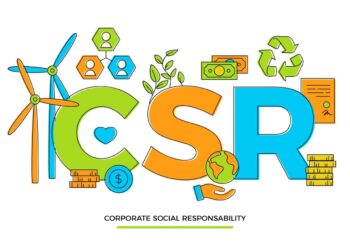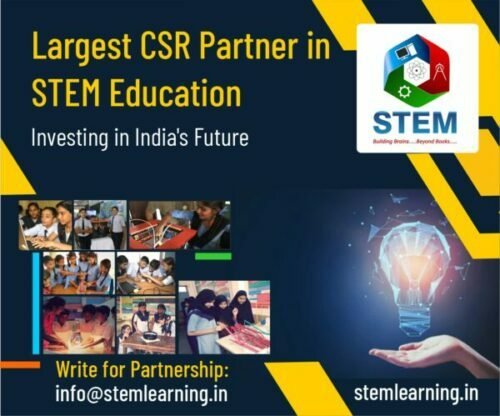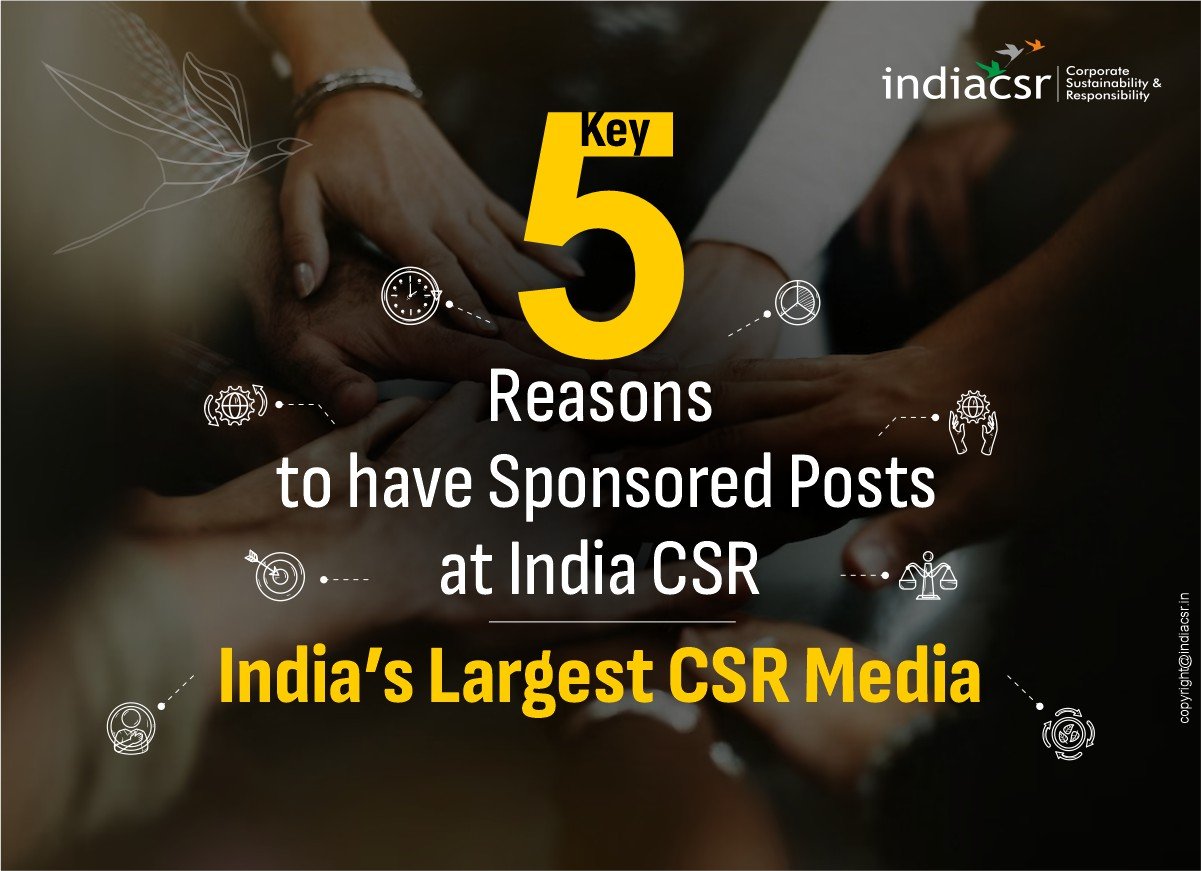Income disparity and technology seem to be moving forward with leaps and bounds globally. Circa 20% of India’s sizeable population lives below the poverty line, with thousands of crores being spent every year to solve what Nobel Laureate Professor Muhammad Yunus, Father of Social Business once alluded to when he said, “The only place where poverty should be is in museums”.
What has been left lacking I guess has been the intent. While treasuries are being emptied to solve a problem, cheque book charity as history has shown, rarely helps provide a long-term solution. One would rather teach a man how to fish, than give him a fish, and it is this mindset that we chose to adopt, while starting a program such as iMobile, at Brillio.
Technology along with intent, we believe, is the way to solve a majority of the world’s problems. In fact, there are several organizations globally, including the Khan Academy, which are working on this very premise. However, whilst others have focused on technology as a solution in itself to various problems, we believe that technology as an enabler will allow for us to amplify the positives it has in store for us into the number of people who imbibe and adopt it.
To cut a long story short, our efforts with iMobile are to educate the country’s young minds and put them in a place where they can power the knowledge economy of tomorrow, one that has been given great impetus by policies such as Digital India. As part of the program, we look to address the lack of scientific infrastructure and computer labs in government schools, focusing on integrated learning through a combination of 20 hours of digital learning and 20 hours of science practical classes. At present the program is in the pilot stage, with students of 12 public (government) schools across Bangalore benefitting from the same. Involving 10 different sessions of information and communications technology-based learning, the iMobile program uses face-to-face classroom methods, enhanced student-teacher interaction models and computer mediated activities. The curriculum, which is carefully curated, therefore blends traditional, non-traditional and practical formats of imparting knowledge.
From the age of 10 to the age of 14, children are trained by a team of skilled teachers and Brillio volunteers who are experts in understanding disruptive technologies and building innovative applications that create digital experiences using world-class design, collaboration techniques and digital technologies. ‘Digital Days’ are conducted, where children from government schools spend half a day at Brillio offices exploring concepts such as IoT, wearables, UX, mobile technology, artificial intelligence and virtual reality. These schools are typically those which have no access to facilities like science, computer and digital labs, and lack opportunities for interactive and practical learning.
How then is iMobile different from various other mobile learning programs run in order to deploy education in the technology space? Where we differ is the commitment we have provided and partaken in. We do not only give grants and review progress, we co-create and help evolve, not only the beneficiaries, but our employees as well. Our partnership with Agastya is one under which we have created iMobile as a program specific to Brillio, one that we fund and work upon, with operational support being the forte of our partners, Agastya Foundation. Onus for success is thus a coefficient as much of Brillio’s initiative as Agastya’s efforts.
It was this that we kept in mind when we set out to understand how we could do more with the iMobile program. Something that came up during extensive surveys conducted by our human resources department was the fact that millennials, a huge chunk of India’s working populace today, and a critical part of our workforce, believe in working with organizations which are socially responsible.
This gave impetus to our efforts to ensure that grants weren’t the only way that we could contribute to the lives of the children who we hoped we could give a leg up, in our larger efforts of benefitting their communities and the nation. What ensued was an integration of our employee engagement program with our social responsibility program. With our target being a bare minimum of 40,000 hours of intervention for the 1000 children we interacted with across 12 schools, the fillip we received from the enthusiasm of our employees has proved to be a major driver for the program.
To sum up this article, I would look to say that when we look at the smiles on those children’s faces, for some odd reason, an old saying comes to mind – Count your age in friends, not in years. Count your life in smiles, not in tears.
(Brillio – Agastya iMobile Lab is a Best Technology Project Award Winner of India CSR Award 2016)
(Abhishek Ranjan is Global Head – Sustainability and CSR at Brillio Technologies)
Copy Right & Conditions: India CSR does not permit other websites/Agency to copy or reproduce or reprint the above article in any form.
Disclaimer: The views expressed by the author in this feature are entirely his own and do not necessarily reflect the views of India CSR.



















